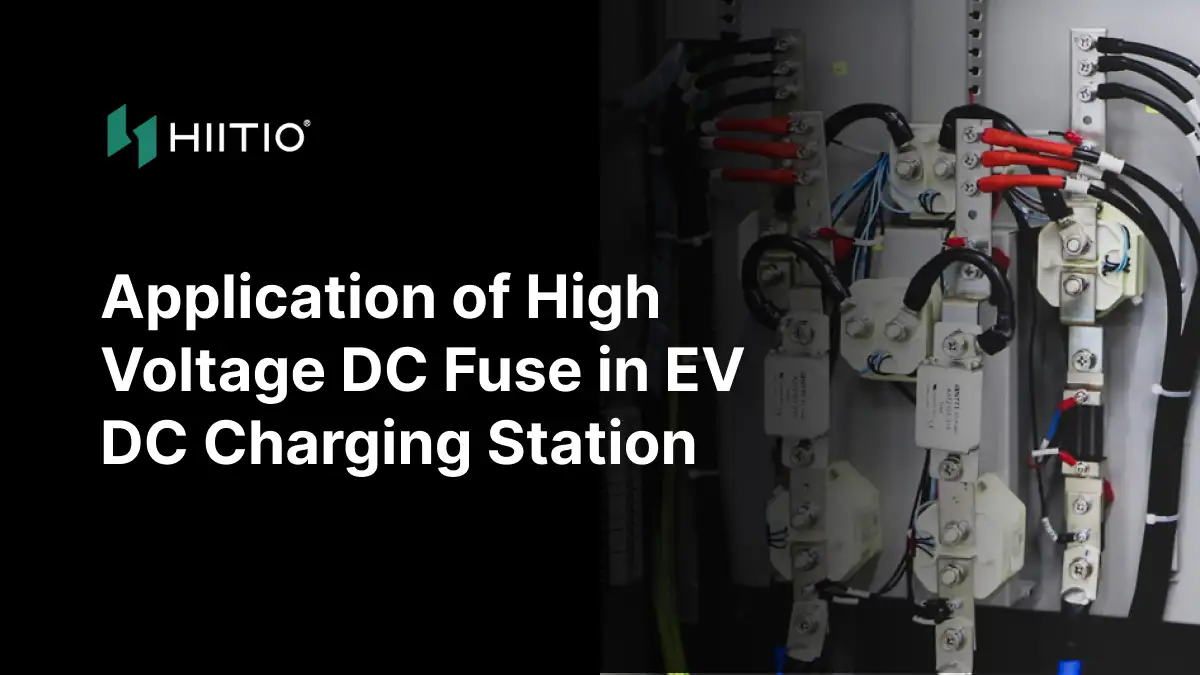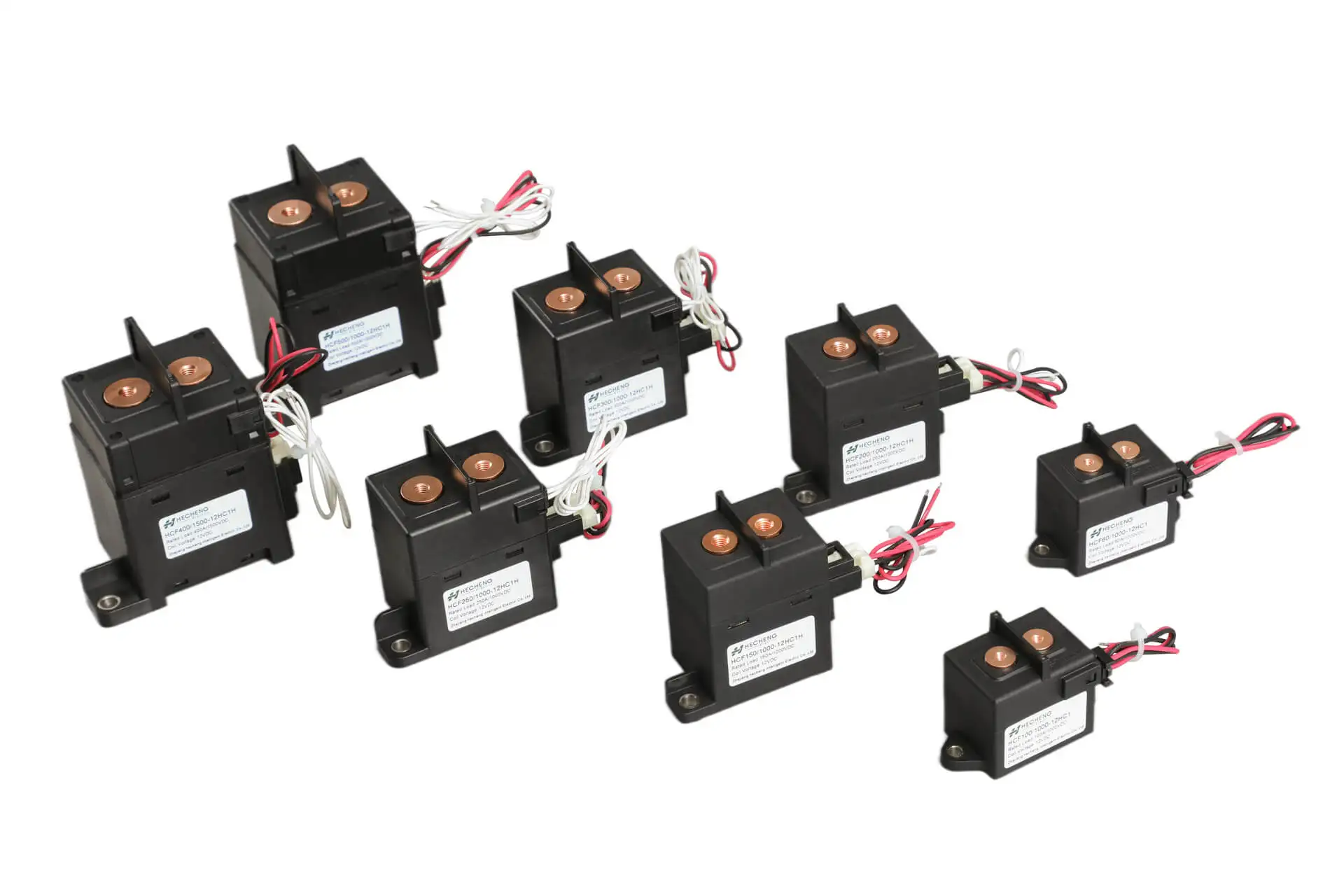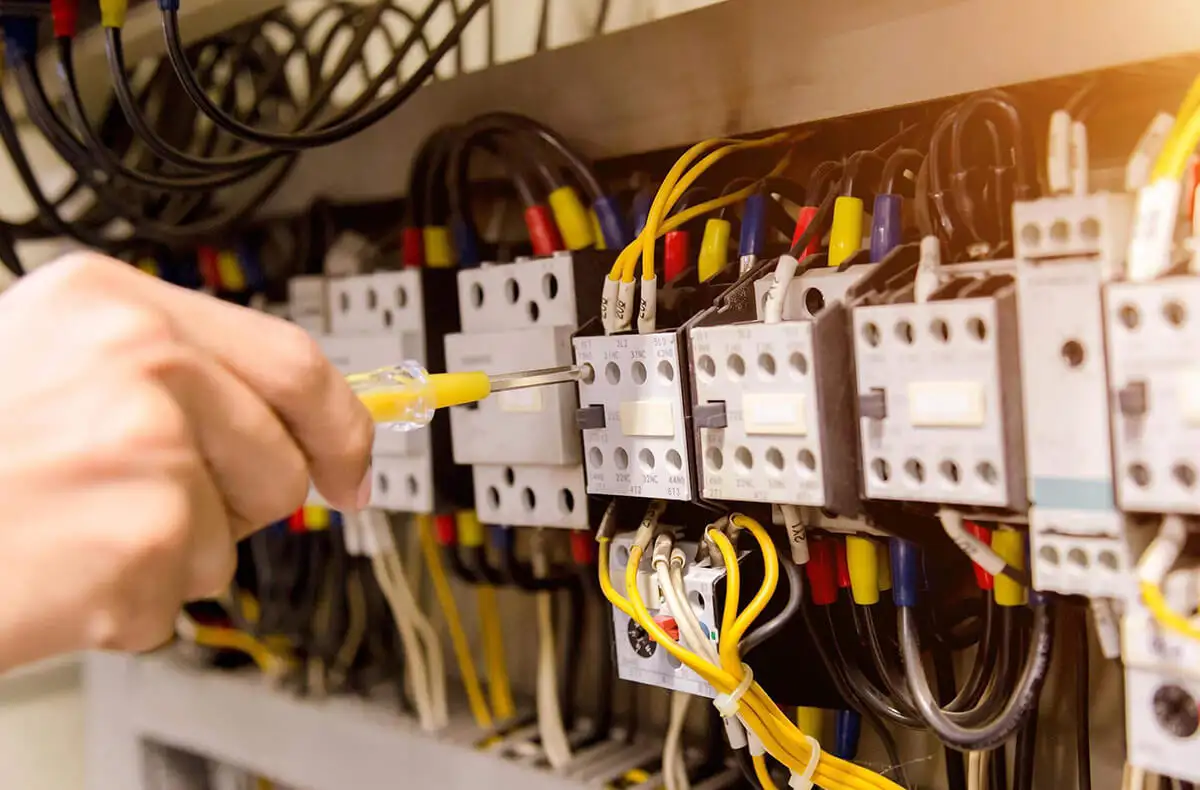In the quest for sustainable transportation, electric vehicles (EVs) have emerged as a promising solution to reduce carbon emissions and dependence on fossil fuels. As the EV market continues to grow, so does the demand for efficient and reliable charging infrastructure. One critical aspect of EV charging stations is safety, particularly when dealing with high-voltage direct current (DC) systems. In this article, we explore the application of high voltage DC fuses in EV DC charging stations and their pivotal role in ensuring safe and reliable charging operations.
Understanding EV DC Charging Stations
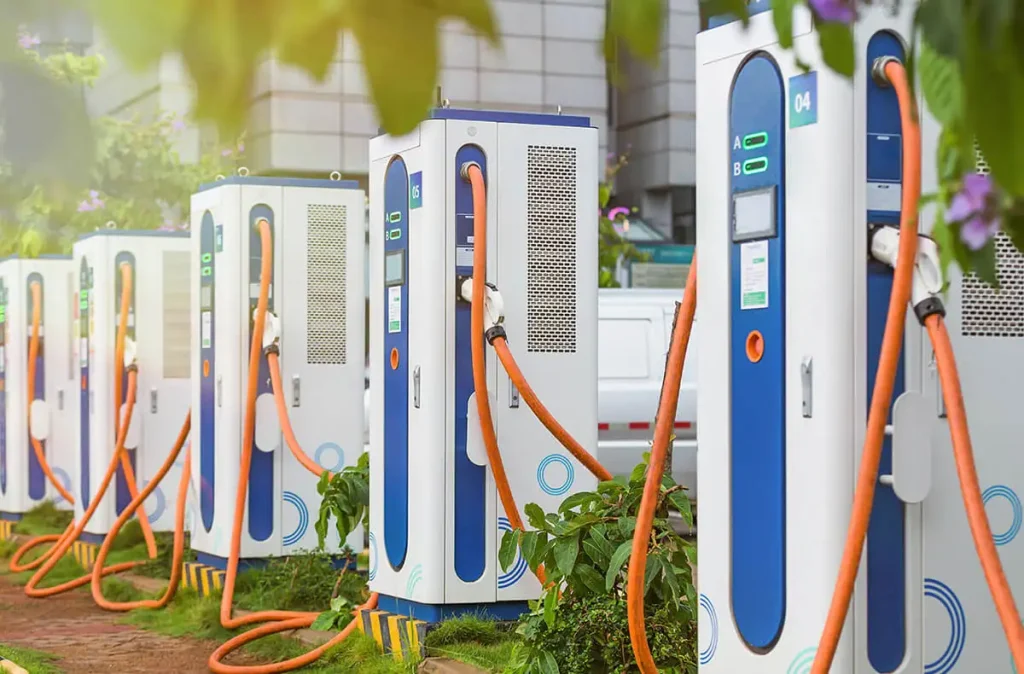
EV DC charging stations are essential components of the EV ecosystem, providing fast charging capabilities to reduce charging times and enhance convenience for EV owners. Unlike alternating current (AC) charging, which is commonly used in residential settings, DC charging delivers power directly to the vehicle’s battery, allowing for faster charging rates.
DC charging stations typically operate at higher voltages and currents compared to AC charging stations, which necessitates robust safety measures to protect against potential hazards such as electrical faults, short circuits, and overloads. The integration of high voltage DC fuses addresses these safety concerns effectively.
Inside a DC charging station, the main components include a human-machine interaction panel, fuses, lightning protection devices, contactors, power modules, gun wires, and other modules. Among these, the devices related to electrical protection primarily consist of TVS tubes, fuses, relays, varistors, current sensors, voltage sensors, lightning protection devices, and ground fault relays. These fault protection devices and circuits play an extremely important role, ensuring the charging pile operates reliably under various conditions.
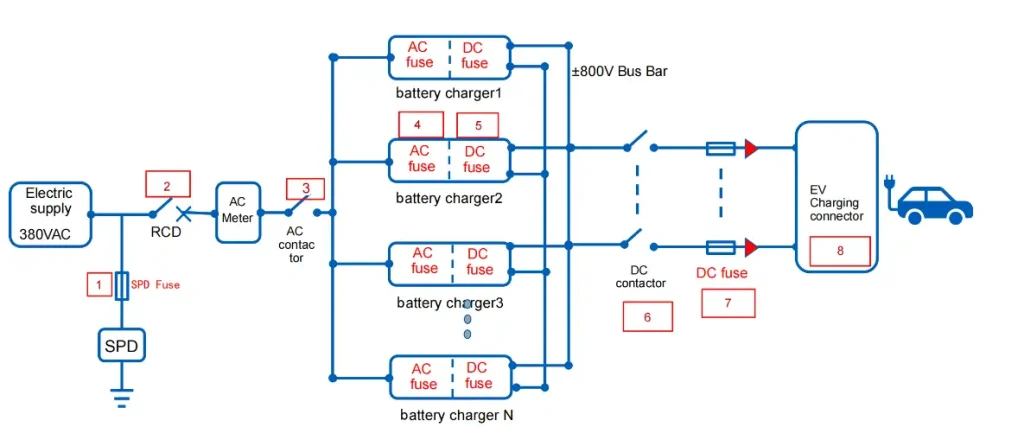
Inside the power module, from the perspective of fault protection design, there are also AC side components like AC fuses, RCD residual current protectors, AC contactors, ground protection, and surge protection; on the DC side, there are isolation monitoring, DC relays/ Contactors, DC fuses, and temperature protection.
The Role of High Voltage DC Fuses
High voltage DC fuses serve as critical safety devices within EV DC charging stations, designed to interrupt the flow of electrical current under abnormal conditions to prevent damage to equipment and ensure user safety. These fuses are strategically installed at various points in the charging system to provide comprehensive protection against electrical faults.
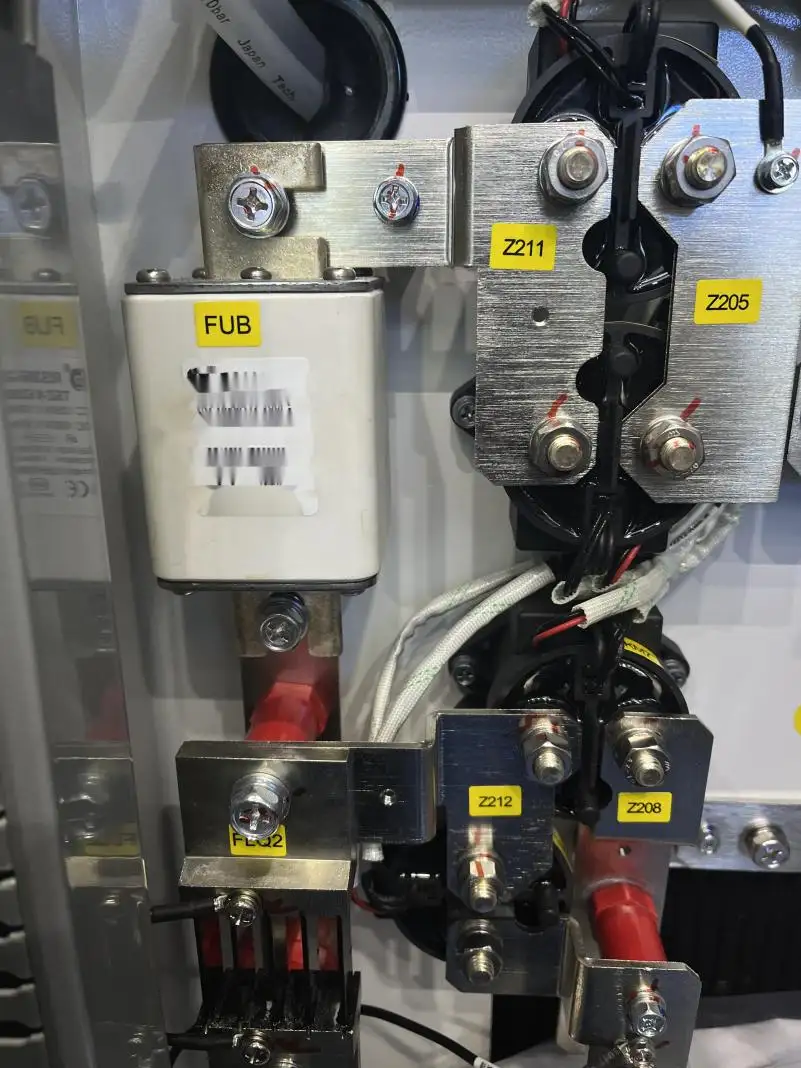
1. Overcurrent Protection:
One of the primary functions of high voltage DC fuses is to safeguard against overcurrent situations. In the event of a sudden surge in current beyond the rated capacity of the charging system, the fuse promptly interrupts the circuit, preventing overheating and potential damage to charging equipment, cables, and batteries.
2. Short Circuit Protection:
High voltage DC fuses play a crucial role in mitigating the risks associated with short circuits, which can occur due to insulation failures or accidental contact between conductors. By rapidly disconnecting the circuit upon detecting a short circuit fault, these fuses prevent catastrophic damage and minimize downtime for the charging station.
3. Arc Fault Protection:
Arc faults, characterized by the discharge of electrical energy across a gap in the circuit, pose a significant safety hazard in high voltage DC systems. High voltage DC fuses incorporate advanced arc suppression technologies to extinguish arcs swiftly and minimize the risk of fire or electrical hazards.
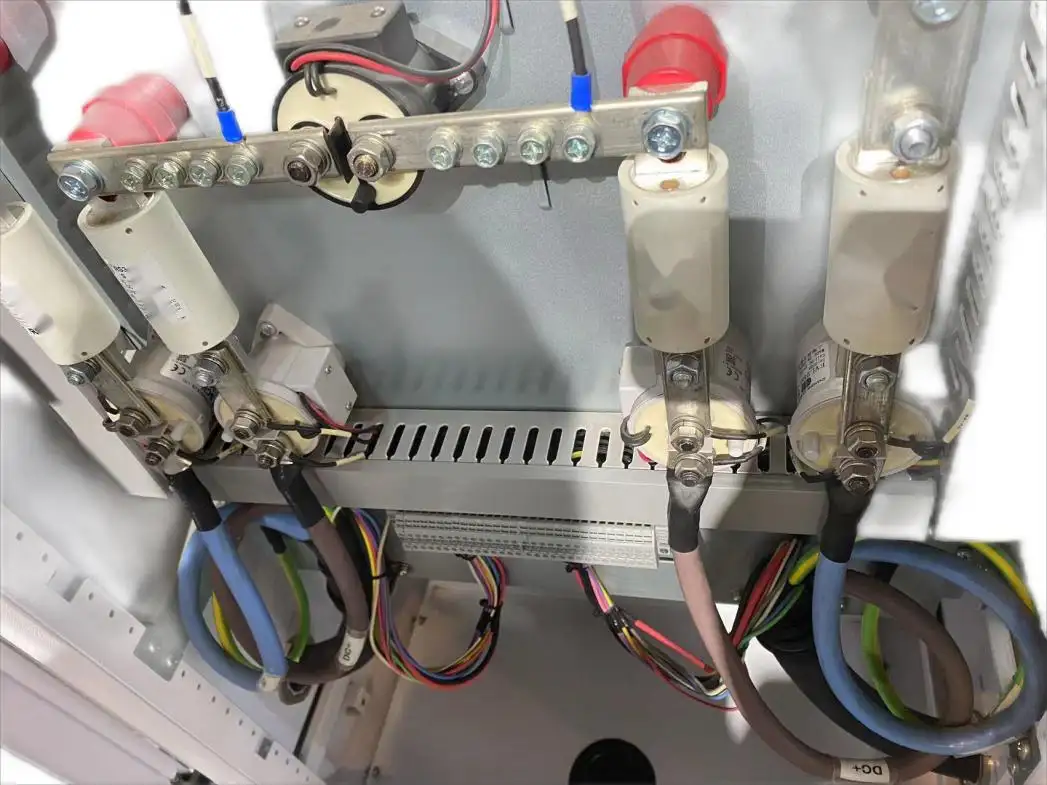
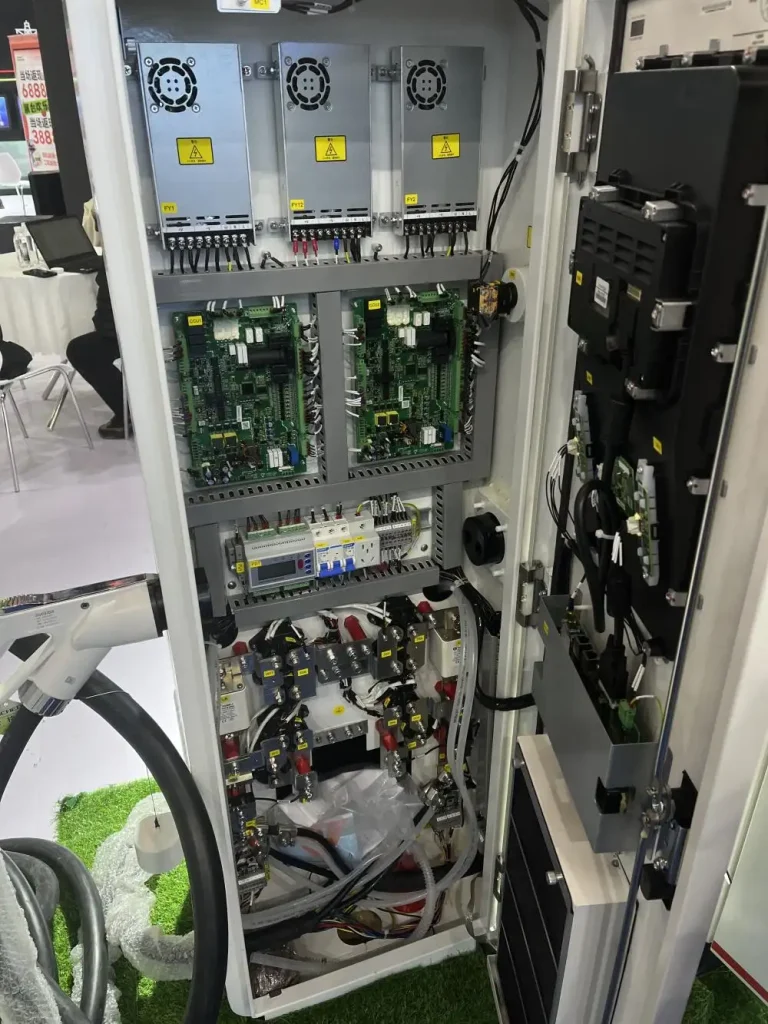
Advantages of High Voltage DC Fuses
The widespread adoption of high voltage DC fuses in EV DC charging stations offers several key advantages:
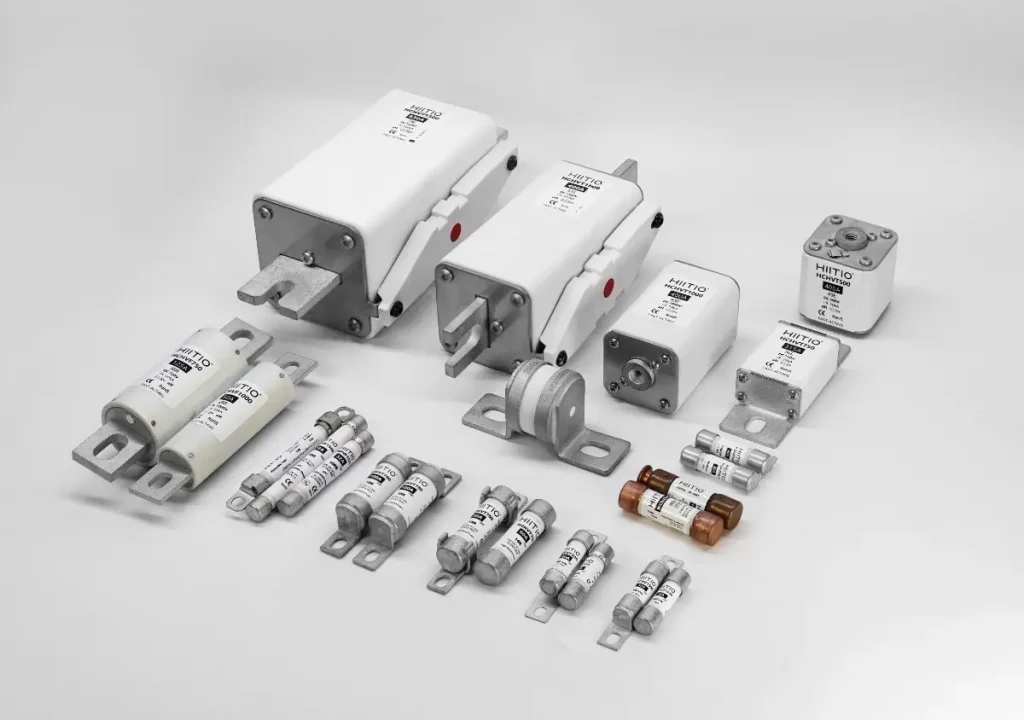
Enhanced Safety:
By providing reliable protection against overcurrents, short circuits, and arc faults, high voltage DC fuses significantly enhance the safety of EV charging operations, safeguarding both users and infrastructure.
Improved Reliability:
The integration of high voltage DC fuses enhances the reliability and resilience of charging infrastructure by minimizing the impact of electrical faults and disturbances, thereby reducing downtime and maintenance costs.
Compliance with Standards:
High voltage DC fuses adhere to stringent industry standards and regulations, ensuring compatibility and interoperability with existing EV charging systems and infrastructure.
Cost-Effective Solutions:
Despite their advanced functionality, high voltage DC fuses offer cost-effective solutions for implementing robust safety measures in EV DC charging stations, contributing to the scalability and affordability of charging infrastructure deployment.
Conclusion
As the transition towards electrified transportation accelerates, the importance of safe and efficient EV charging infrastructure cannot be overstated. High voltage DC fuses represent a critical component of EV DC charging stations, providing essential protection against electrical hazards and ensuring reliable operation. By integrating advanced safety features and technologies, high voltage DC fuses play a pivotal role in enabling the widespread adoption of electric vehicles and facilitating the transition to a sustainable transportation ecosystem.

